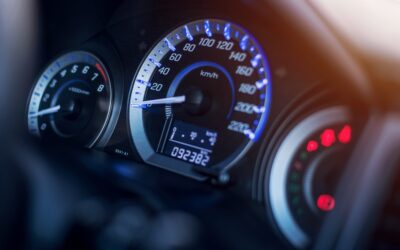Don’t drink and drive: Figures show that, in 2014, there was a total of 8,210 reported drink-driving casualties. This includes 6,900 slight injuries, 1,070 serious injuries, and 240 deaths.
What Is the Legal Drink Driving Limit in the UK?
The “legal limit” refers to the amount of alcohol that you may have in your system and still be legally able to drive. There are different rules across Europe, but the UK limits are:
- 80mg of alcohol per 100 ml of blood
- 35 micrograms of alcohol per 100ml of breath
- 107mg per 100ml urine
But the law is changing all the time. And whenever it changes, things only become more stringent. For example, in 2014 Scotland lowered its limit from 80mg of alcohol per 100ml of blood to 50mg.
But even though a drink driving limit exists, there’s absolutely no question that it’s best to not drink any alcohol at all if you plan to drive.
Drink Driving Limit – Not Even You Know Your Limits
Say you have a glass of red wine before hitting the road. A large serving of red wine (250ml) contains about three units of alcohol, and one unit of alcohol is defines as 10ml, or 8g, of pure alcohol.
So given that the law allows for 80mg of alcohol per 100ml of blood, in theory you should have no trouble driving after a single glass of wine, right?
In theory, sure. But in real terms, this is not the case. The effect that alcohol will have on your body will vary depending on a number of factors: your gender, your age, your weight, your stress levels, the type of alcohol you’ve drunk, and the amount of time since you’ve last eaten.
As a result, even if you know perfectly well just how many units are in your glass of wine, it will still be almost impossible accurately judge whether you are within the legal limit.
And even if you are within the legal drink driving limit, even a small amount of alcohol can fundamentally affect your judgement and your ability to drive safely.
The Effects of Drinking on Driving
Though you might not notice the effects yourself, even one glass of wine will reduce your coordination, slow down your reaction time, affect your vision, and alter your ability at judging speed and distance. On top of that, you’ll surely be able to relate to just how drowsy alcohol can make you.
Alcohol consumption can also impair your judgement. You might be more likely to take risks. Even if you’re an exemplary driver while sober, a single glass of wine can make you reckless; a danger to yourself, to your passengers, and to other motorists and pedestrians.
And these effects last for quite a while. You might think that your age, your weight and your height means you’ll metabolise alcohol faster. But again, this is not necessarily the case. Though the speed at which alcohol leaves your body will vary from person to person, it always takes a while, and there’s no way to speed up the process. A strong cup of black coffee might make you a bit more alert, but it will have no impact on the amount of alcohol in your bloodstream.
If you have a nice glass of wine with your lunch, you may be unfit to drive in the evening. Indeed, alcohol takes so long to leave your body that drinking in the evening could even make you unfit to drive the next morning.
Penalties for Drinking and Driving
The police have free reign to stop any motorist they suspect to have been drinking. They can conduct on the road breathalyser tests to confirm their suspicions. And if you fail this, you’ll be taken back to the station for a series of further tests.
If you’re found guilty of drinking and driving, the penalties can be severe:
- A six month prison sentence
- An unlimited fine
- A criminal record
- A driving ban of up to 12 months
On top of this, your car insurance will become void. You’ll even be required to declare your disqualification when requesting future quotes for car insurance. This will significantly affect the price of your quoted premium.
Why Is The Drink Driving Limit So Severe?
If you’ve ever wondered why the drink driving limit is so stringent, and why penalties are so harsh, there’s an obvious answer: These laws save lives.
If we take a look at the historic figures, we can see real evidence that the drink driving limit works. In 1979, there was a total of 31,430 reported drink-driving casualties, including 1,640 deaths. So since 1979, drink driving deaths have fallen by 85%, largely thanks to the lowered drink driving limit.
The drink driving limit is there for a reason, but it’s not there to be tested. Not even you know your limits. Even that single glass of wine could have devastating, life-changing consequences. It’s simply not worth the risk. When we say don’t drink and drive, we mean it.



